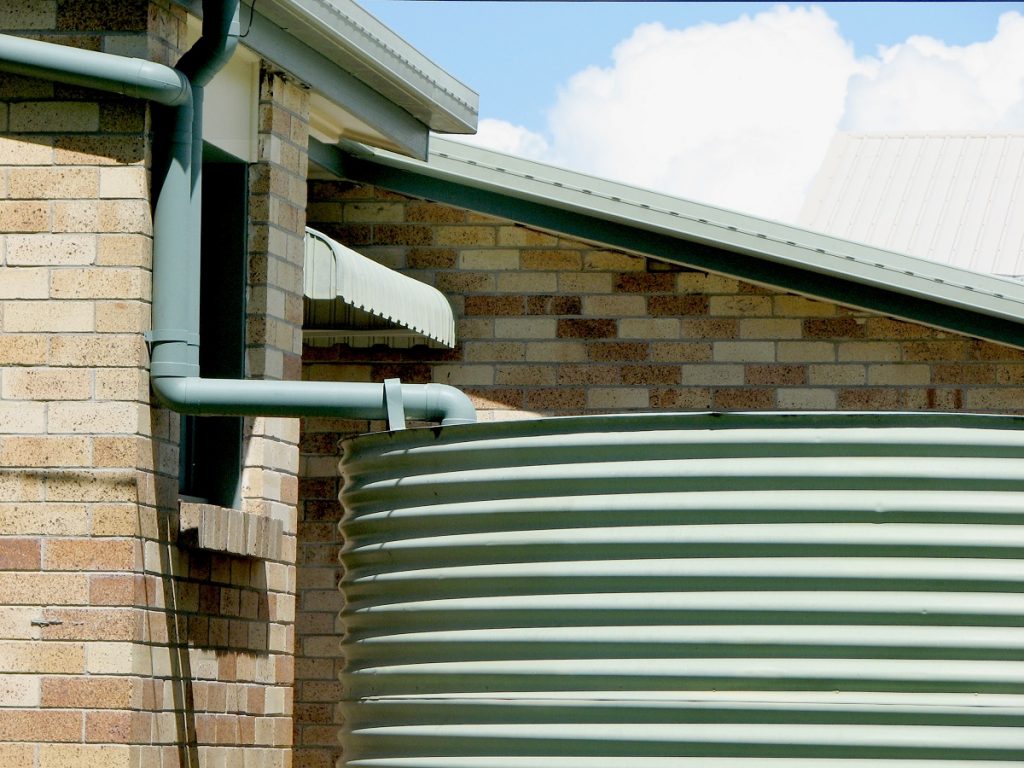If you’re planning to transfer to the country—maybe you’ve inherited a farm—chances are you will be using well water and the water line into your home does not have a meter. You might not be paying a water bill and you will need a septic tank. But what does that mean?
Simply put, your house is not connected to a centralized sewer line that transport wastewater or sewage to a wastewater treatment facility. That process is done by your septic tank.
Know your septic tank
Septic tanks are mini-wastewater treatment underground structures that use both technology and nature to clean wastewater. Wastewater is generated when you use the bathroom, your sink, and your washing machine. The used water goes down the drain and ends up in the septic tank.
Septic tanks may be made from concrete and concrete blocks, high-density plastic, fiber-reinforced plastic, or fiberglass. Aside from the septic tank itself, another important component is the drain field or sometimes called the soil absorption field.
There is a big possibility that your septic tank is located a bit far from your newly inherited home. To find it, walk around the property and look for a manhole, or look at the home’s architectural plan if you can find it. If all else fail, contact a local septic tank service company and they’ll locate it for you.
The inner workings of the septic tank
The simple purpose of the septic tank is to clean wastewater before it is released back into nature. When you shower or do your laundry, all the used water will lead to one main drainage pipe that is connected to your septic tank. When the water gets there, the septic tank will keep the water in order to allow the solids to sink to the bottom—called sludge.
Liquid-like oil and grease, meanwhile, will float to the top and form what is now called scum. The septic tank design—typically composed of several compartments, along with a T-shaped outlet—will keep the sludge and scum within the tank so they won’t reach the drain field.
The resulting wastewater, now called ‘effluent’, then goes into the drain field, which is outside the tank. A drain field is a shallowly excavated, covered area, which is made in unsaturated soil. Here, pretreated wastewater is released through piping, going into porous surfaces. The soil will now filter and treat the wastewater. As the wastewater percolates into the soil, it will naturally remove harmful bacteria such as the coliform, viruses, and nutrients. Ultimately, the percolated wastewater is discharged back to groundwater.

Other septic tanks use pumps or gravity that allow for the slow release of effluent through sand, organic matter, or constructed wetlands to remove pollutants such as nitrogen, phosphorus, and other harmful contaminants.
If your septic tank fails, it would overflow, and you will be able to tell immediately. However, there are other signs that indicate the tank’s failure. One is wastewater that backs up into household drains. Another is water that has pooled or muddy soil around the area where your septic tank is located. Another is bright green and spongy grass on the drain field.
If you notice these signs, call your septic tank service provider immediately. Your septic tank is an important feature in your new home. Keep it working properly and it will serve you for many years.

